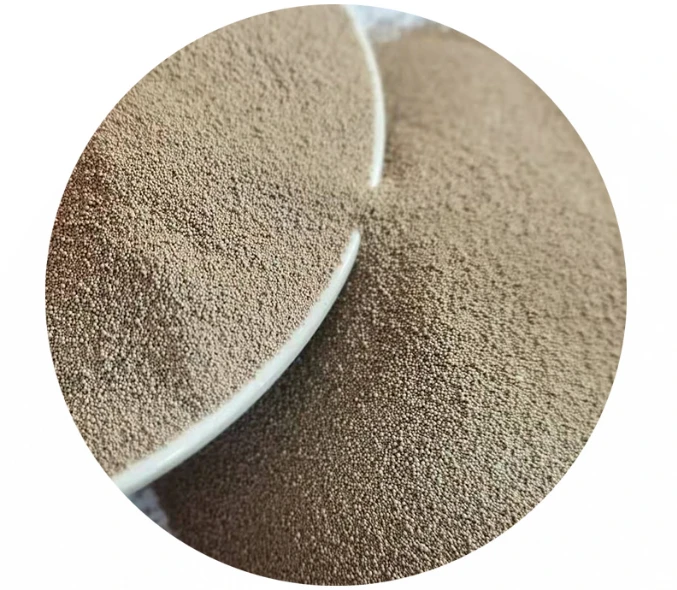

2. Initial Sanding Use a coarse grit (80-120) to flatten out uneven areas, applying consistent pressure. Always move the sander or sanding block in circular motions to avoid linear scratches. 3. Progressive Grits Progressively move to medium (220-400) and fine (600-1200) grits, ensuring you remove each grit’s marks before moving to the next. This methodical escalation ensures a smooth transition between levels. 4. Wet Sanding and Polishing At 1200 grit and above, employ wet sanding techniques. This stage is crucial for achieving a glass-like finish. Following wet sanding, apply a polishing compound with a soft cloth or a mechanical polisher to achieve maximum shine. Troubleshooting Common Issues Every artist encounters challenges, and resin sanding is no exception. Common issues include ‘orange peel’ textures or dull finishes. An orange peel effect often arises from improper curing or uneven sanding pressure. In such cases, resanding with the correct technique can rectify the surface. A dull finish might result from insufficient grit progression or an improper polishing stage. Polishing correctly can significantly enhance the vibrancy of the finish. Emphasizing Safety It's important to prioritize safety during resin sanding. Resin dust can be harmful when inhaled, so always wear a mask or respirator. Protective eyewear and gloves are also paramount to protect against both dust and sharp resin edges. Building Trust Through Expertise As someone deeply invested in the resin crafting community, the goal is to not only share the art of perfect resin sanding but also to foster an environment of learning and trust. By adhering to industry best practices and continually exploring innovative techniques, anyone can master the art of resin sanding, thereby enhancing both the quality and aesthetic of their resin projects. Whether you're a seasoned professional or a novice, these insights can elevate your craft, ensuring each piece you create is a true masterpiece. Post time:फेब . 11, 2025 08:15
Next:resin and sand mix
